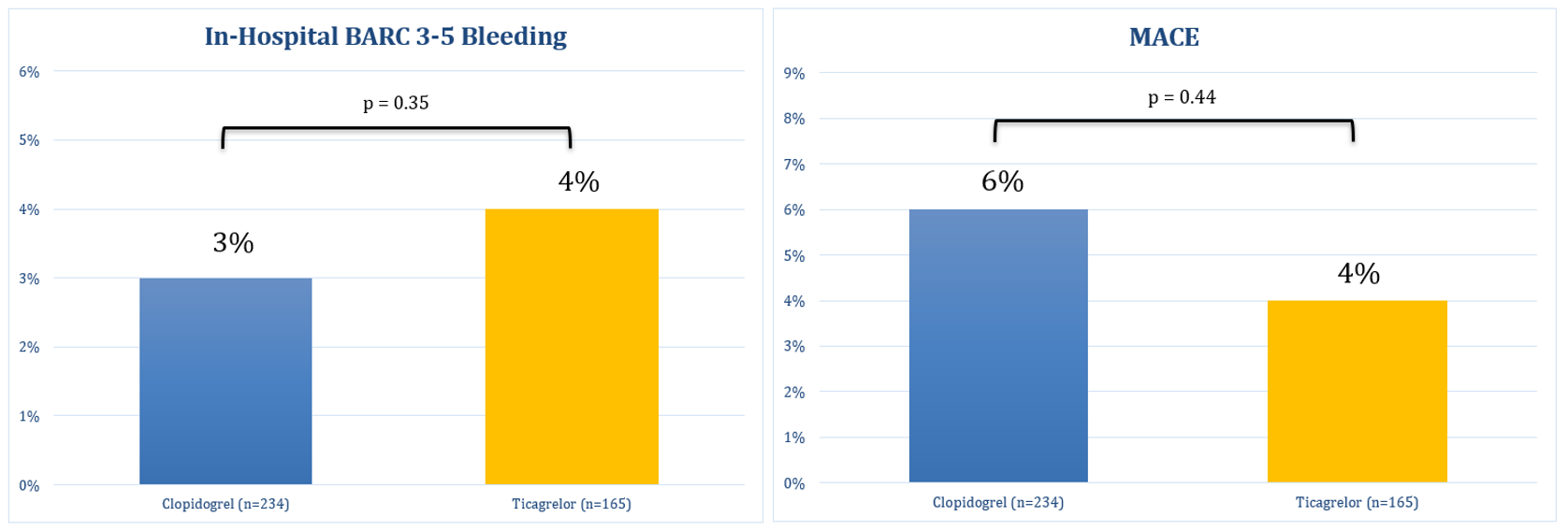Lots of interesting abstracts and cases were submitted for TCTAP 2022. Below are the accepted ones after a thorough review by our official reviewers. Don’t miss the opportunity to expand your knowledge and interact with authors as well as virtual participants by sharing your opinion in the comment section!
TCTAP A-070
Outcomes of Ticagrelor Administration During Fibrinolysis for ST-Elevation Myocardial Infarction
By Hannah Youn, Lucy Splatt, Timothy Abrahams, Sean Tan, Derk Pol, Adam Brown
Presenter
Hannah Youn
Authors
Hannah Youn1, Lucy Splatt1, Timothy Abrahams1, Sean Tan2, Derk Pol1, Adam Brown2
Affiliation
Monash Health, Australia1, Monash Health and Monash University, Australia2
View Study Report
TCTAP A-070
Pharmacology/Pharmacotherapy
Outcomes of Ticagrelor Administration During Fibrinolysis for ST-Elevation Myocardial Infarction
Hannah Youn1, Lucy Splatt1, Timothy Abrahams1, Sean Tan2, Derk Pol1, Adam Brown2
Monash Health, Australia1, Monash Health and Monash University, Australia2
Background
The pharmacoinvasive strategy utilizing fibrinolysis remains the treatment strategy of choice for patients with ST-elevation myocardial infarction (STEMI) who are unable to access primary percutaneous coronary intervention (PCI). Current guidelines recommend concurrent administration of aspirin and clopidogrel with fibrinolysis, due to a paucity of data evaluating the safety of more potent P2Y12 inhibitors such as ticagrelor during fibrinolysis. This study aimed to evaluate the safety and efficacy of up-front ticagrelor loading in patients diagnosed with STEMI treated with fibrinolysis.
Methods
We retrospectively evaluated 399 consecutive patients who received fibrinolysis, as part of the pharmacoinvasive strategy, for STEMI and received up-front antiplatelet loading with clopidogrel or ticagrelor. The primary outcome of the study was in-hospital major bleeding events (defined as BARC types 3-5). The secondary outcome was 30-day major adverse cardiovascular events (MACE), defined as a composite of cardiac death, myocardial infarction, and cardiac arrest. Results were reported as odd ratios (OR) with 95% confidence intervals (CI).
Results
The study cohort included a total of 399 patients, of which 165 (41%) were loaded with ticagrelor and 234 (59%) with clopidogrel. Patients loaded with ticagrelor were more likely to be female (p =0.03), had lower rates of smoking (p = 0.01) and diabetes (p = 0.02), and had lower rates of successful fibrinolysis (p = 0.02) necessitating higher rates of rescue PCI (p = 0.01). There was no significant difference detected between both P2Y12 inhibitors in the primary outcome of in-hospital major bleeding events (OR 1.68 favoring clopidogrel, 95% CI 0.56 - 5.10, p = 0.35), or secondary outcome of 30-day MACE (OR 0.70 favoring ticagrelor, 95% CI 0.27 - 1.76, p = 0.44).


Conclusion
This small study suggests that ticagrelor is a safe and effective alternative to clopidogrel in the treatment of patients diagnosed with STEMI treated with fibrinolysis. Larger prospective analyses are required to confirm these findings and investigate long-term outcomes.


